Advanced Didgeridoo Rhythms, Playing with a Shaker, Vocalization Techniques and Other New Didgeridoo Tutorials
This past winter I decided to record a series of new didgeridoo tutorials to update our community on the practices that I have found most beneficial in didgeridoo playing. Among these are vocalization techniques, how to play with a shaker, advanced didgeridoo rhythms, how to regulate airflow and more. There is so much knowledge out there, yet, to many of the questions which I most frequently hear there was not an adequate answer available in the public domain.
Here is our new Didgeridoo Lessons Variety Pack to take your didgeridoo playing to a higher level.
1. Advanced Didgeridoo Rhythms Tutorial: 6/8 African Clave
Are you ready to learn a challenging exciting new beat for didgeridoo? In this video we cover the African 6/8 clave, a rhythm that stands on its own for endless possibilities for solo didgeridoo. This full break down and demo is almost guaranteed to help you level up your didgeridoo playing. Circular breathing is not required, though it will enhance the results.
Why learn advanced didgeridoo rhythms?
I once went to a week long singing workshop with the great Bobby McFerrin and one of the biggest takeaways was the following. Bobby said that if you want to improve as a musician, it doesn’t matter what your intrument is, one of the best things you can do is to take a very difficult piece of music and learn it really well. Every time you do that, it is going to take your playing to a higher level. I really took that to heart. I studied classical piano, jazz piano, trombone, didgeridoo, trumpet, flute, guitar and many other instruments. Since I got that teaching I really tried to push myself on these instruments and learn difficult pieces of music. Just that alone has taken me so far. So I really encourage you, take a piece of music like the one in this new video, and if you can play it at a nice tempo with some embellishments it is going to take your playing to another level. Enjoy!
2. Didgeridoo Vocalizations: Bring Your Voice To the Didgeridoo
In this video, we give you some essential tips for playing the didgeridoo with one of the most miraculous instruments on Earth: your voice. Practicing scales and harmonies has never been so fun!
3. Enhance Circular Breathing on Didgeridoo by Regulating Your Airflow
In this video, we cover everything you need to know when it comes to regulating air in circular breathing. Whether you are just starting out or already a master circular breather, this video will show you helpful tools for managing your breath while playing the didgeridoo. Happy didge playing!
4. Playing Didgeridoo & Shaker Simultaneously
Find freedom in the groove! In this video, we share how to hold a simple rhythm with a shaker which allows you to explore your creativity on the didge. We also give you different techniques to play the shaker and a new rhythm: the African clave.
Ready for more? We’ve got two more videos in this series coming, plus much more down the line. Make sure to subscribe to our YouTube channel and join our newsletter. This way you will get the latest updates and stay on top of our newest releases.



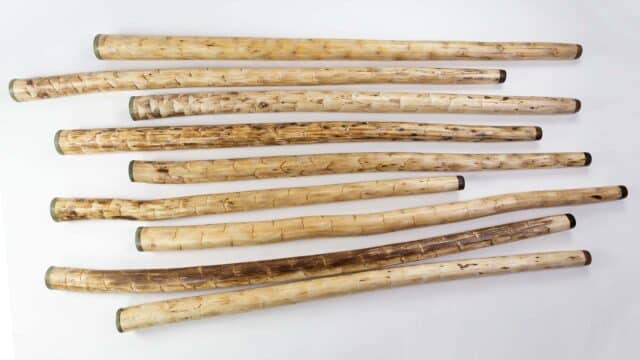

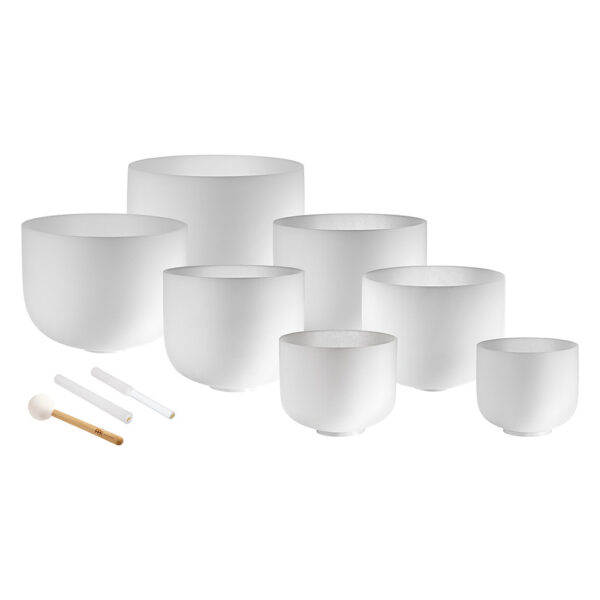




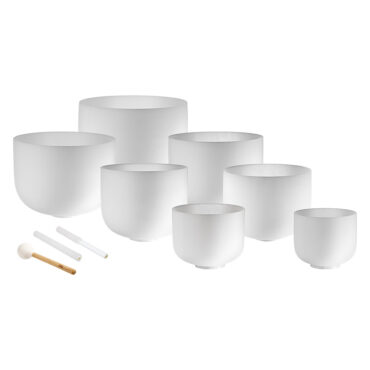
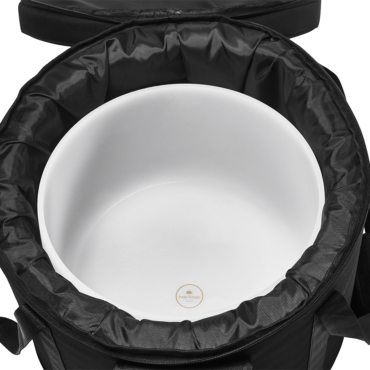
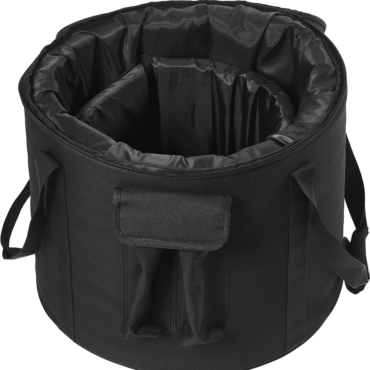



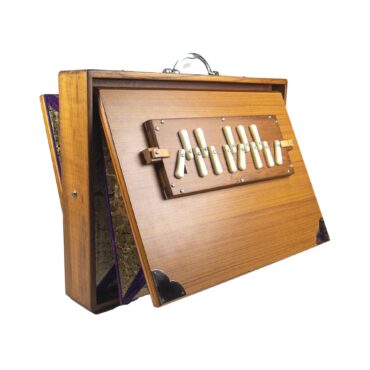





















Reviews
There are no reviews yet.